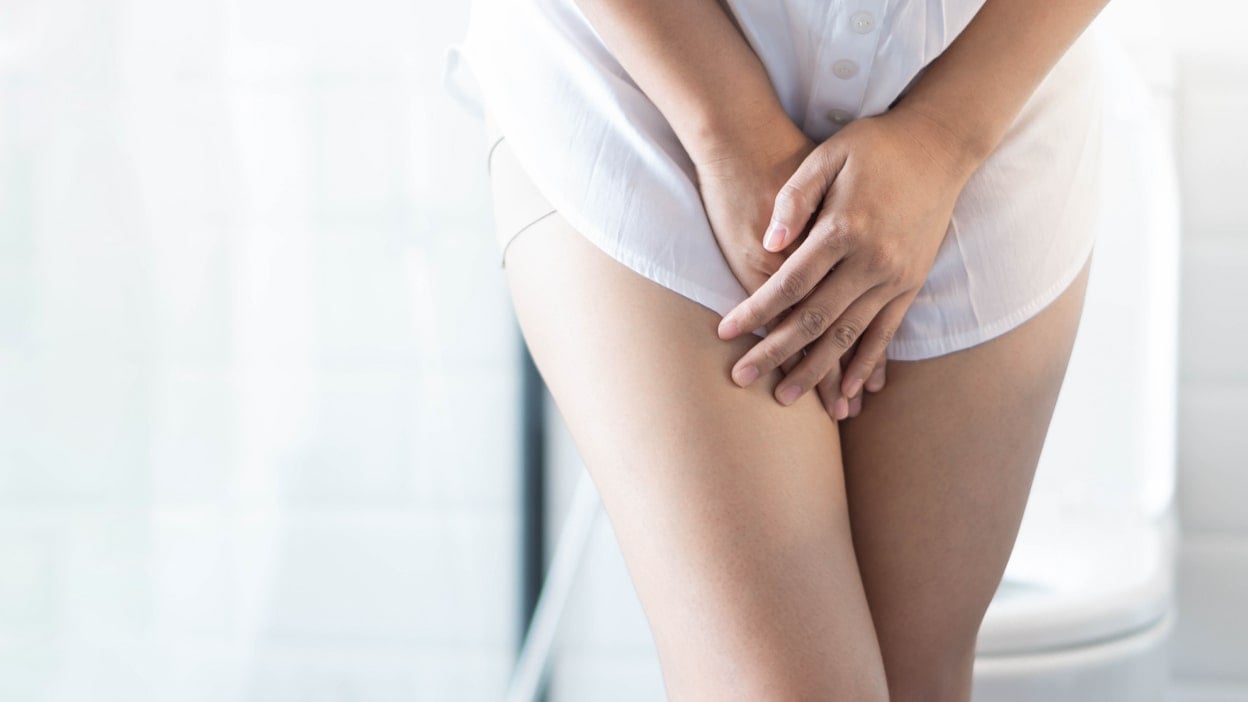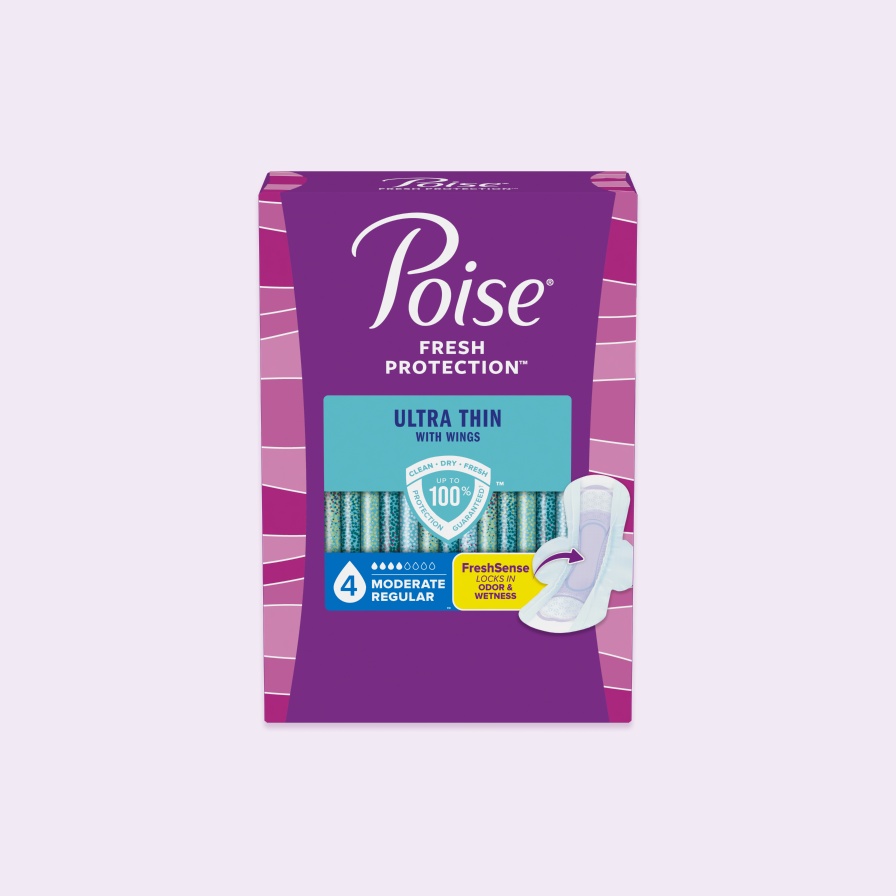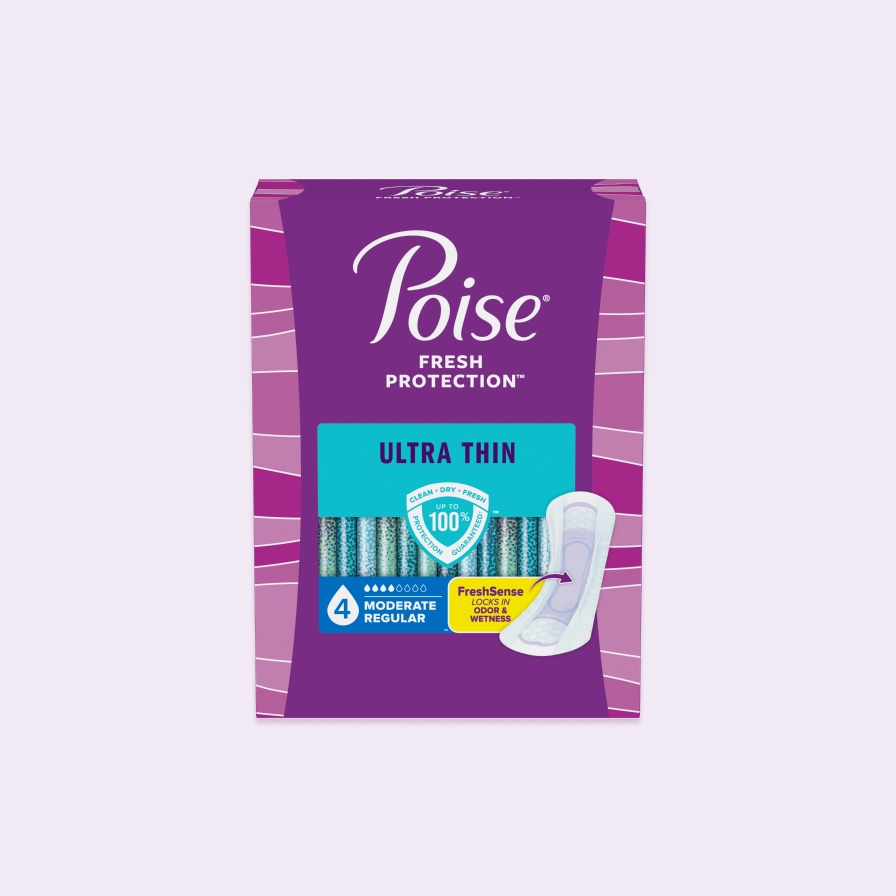Daily Activities Causing Urinary Retention
Daily Activities Causing Urinary Retention
If you struggle with emptying your bladder fully, you might be dealing with urinary retention, a type of voiding (releasing) dysfunction.
What is urinary retention?
When dealing with urinary retention, the bladder is unable to fully empty, leading to discomfort. However, when the bladder is functioning normally, you don’t feel the urge to empty it until it is appropriately full.
Common Urinary Retention Symptoms include:
- Difficulty starting to urinate
- Frequent urge to urinate
- Bladder leaks
- Only being able to urinate small amounts despite having a full bladder
- Difficulty urinating in general
- Pain and bloating in the lower abdomen
Struggling to fully empty your bladder can be frustrating and impact your quality of life. Seeking care to determine the cause of urinary retention allows you to work with your doctor to devise a treatment plan.
What daily activities could cause urinary retention?
Day-to-day activities may lead to urinary retention, including activities that strain the pelvic floor, taking certain medications and your diet. These daily actions may increase your risk for urinary retention, leading to symptoms such as light bladder leakage.
-
Pelvic Floor Health.
Pelvic floor health could be impacted by daily activities such as chronic coughing or straining often during bowel movements or can be affected by broader health conditions. Narrowing or altered positioning of your urinary tract can lead to issues with fully emptying the bladder. The blockage could be due to issues with your muscles, such as tight pelvic floor muscles, or due to anatomic positional changes, such as pelvic organ prolapse which is when one or more of the organs in the pelvis slip down and bulge into the vagina.
-
Taking Medications.
A variety of medications can cause urinary retention, such as antihistamines, antidepressants, antipsychotics, hormone treatments (including estrogen), muscle relaxants and more. It’s important to review the side effects of your medications and talk with your doctor if you begin to experience new or worsening symptoms after starting a medication.
-
Dietary Choices.
To ensure bladder health and reduce risk for inflammation that could lead to urinary retention, I recommend avoiding bladder irritants and drinking adequate amounts of water. Irritants to the bladder include caffeine, alcohol and spicy or acidic foods.
While your daily activities may increase your risk of urinary retention, more serious health conditions could contribute to the condition, such as nerve issues or post-surgery side effects. Talk with your doctor if urinary retention symptoms persist.
To help diagnose urinary retention, a doctor may suggest:
-
Physical exam of the lower abdomen
-
Reviewing medical history and drug use
-
Bladder ultrasound to determine how much urine remains in your bladder
-
Cystoscopy which involves inserting a small tube with a camera into the urethra to check the lining of your urethra and bladder
-
Urodynamic testing to record pressure within the bladder through a catheter, record nerve and muscle function and measure flow rates
-
EMG (electromyography), which uses sensors to measure electrical activity of muscles and nerves near the bladder
Depending on what’s causing your bladder to not fully empty, there are a variety of urinary retention treatment options that could work for you.
Urinary Retention Treatment Options include:
-
Pelvic floor muscle relaxation exercises.
Stretching and relaxing the pelvic floor muscles reduces urinary retention. Kegels on the other hand (repetitions of tightening pelvic floor muscles) may worsen urinary retention.
-
Vaginal pessary.
A soft removable ring is inserted into the vagina to help provide additional support to the bladder.
-
Catheters.
These devices are typically used when dealing with urinary retention caused by long-term health concerns, such as nerve issues.
-
Urethral stricture surgery.
A procedure can open the scar tissue in the urethra through a catheter or balloon-like device, removing a blockage.
-
Bladder training.
Incorporate techniques into your daily routine to relax your pelvic floor muscles, allowing for better bladder emptying.
Licensed pelvic health physical therapists are excellent resources for guidance on strengthening, relaxing and better coordinating your pelvic floor muscles to improve bladder function and reducing urinary retention symptoms. We can recommend a regimen of pelvic floor exercises and techniques as well as bladder training tips that can help your bladder fully empty.
While dealing with urinary retention, it can be difficult to find solutions to manage symptoms such as bladder leaks. Look for Poise® Ultra Thin Pads with Wings to stay clean, dry and fresh all day when working to treat urinary retention.
# # #
Author Summary:Dr. Heather Jeffcoat,DPT, Pelvic Health Physical Therapist is the founder of Fusion Wellness & Femina Physical Therapy(FeminaPT.com).Her work focuses on pelvic and sexual health education for all, and she lectures internationally on Female Sexual Dysfunction and chronic pelvic pain. She is also the author of Sex Without Pain: A Self Treatment Guide to the Sex Life You Deserve.
- https://my.clevelandclinic.org/health/diseases/15427-urinary-retention
- https://www.cancer.org/treatment/treatments-and-side-effects/physical-side-effects/stool-or-urine-changes/urine-retention.html
- https://www.niddk.nih.gov/health-information/urologic-diseases/urinary-retention/treatment
- https://www.aafp.org/pubs/afp/issues/2008/0301/p643.html
- https://www.hopkinsmedicine.org/health/conditions-and-diseases/neurogenic-bladder
- https://www.ncbi.nlm.nih.gov/books/NBK549844/
Recommended Products
Absorbency Level
Absorbency Level











